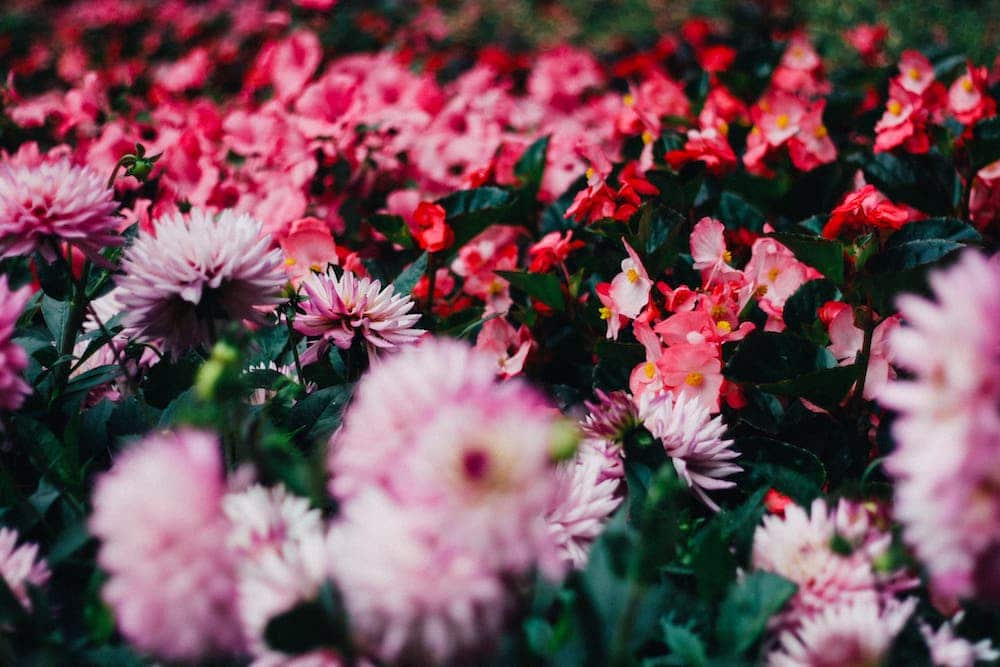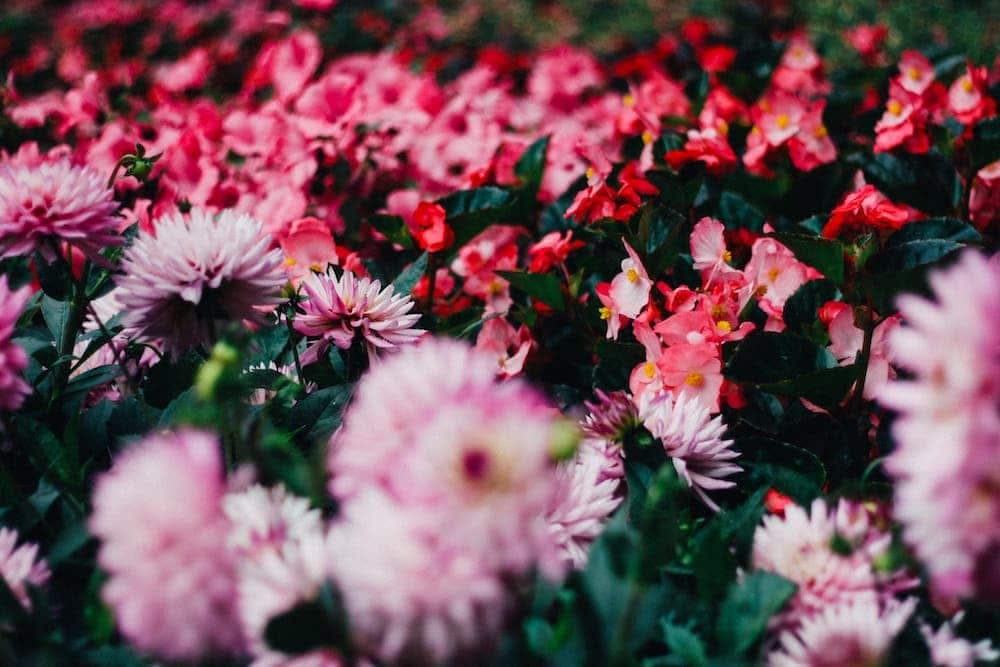Most people think of gardening as a way to cultivate plants, but what about using gardening as a way to design your outdoor space? Gardens can be used to create focal points in your yard and add personality. This guide will provide some tips on how to design your garden. Let’s get started!
1. Patio garden bed
A patio garden bed is a great way to add some colour and life to your outdoor space. First, choose a location for your bed that gets plenty of sunlight. This will ensure that your plants will thrive. Next, select the type of plants you want to include in your garden. After that, it’s time to assemble your garden bed. If you’re using raised beds, simply fill them with soil and then arrange your plants according to their size and height. If you’re not using raised beds, simply dig a hole in the ground that’s large enough to accommodate all of your plants.

2. Perennial garden
Perennial gardens usually last for many years and often require very little upkeep once it is established. To make your own, start by choosing a location that gets plenty of sunlight and has well-drained soil. After finding the perfect spot, mark out the area with string or stakes. Next, add a layer of organic matter to the bed to help improve drainage and provide nutrients for your plants. Select your plants and arrange them in the bed according to their height and growth habit. Water well and mulch heavily to help conserve moisture and keep weeds at bay.
3. Kitchen garden
A kitchen garden, also known as a potager, is a garden where fruits, vegetables, and herbs are grown for consumption by the household. It typically contains plants such as tomatoes, peppers, beans, peas, cucumbers, squash, eggplant, and lettuce. To make a kitchen garden, you should choose a location that gets at least six hours of sunlight per day. Decide what you would like to grow. Tomatoes and peppers are popular choices for many people, but there are dozens of other options to choose from.
4. Vertical garden
Vertical gardens can add some greenery to your home without taking up too much space. Combine your vertical garden with a chic driveway that leads to your front door. You can choose stone or concrete to pave the driveway. Talk to a professional about which material would make the driveway look good, considering that you have plans to set up a vertical garden.
Some of the things that you will need to make the vertical garden are a container, potting soil, and plants. Make sure that the container has drainage holes in the bottom. To assemble your vertical garden, simply fill your container with potting mix and arrange your plants however you like. Always choose a light, airy potting mix that will help your plants stay hydrated. Water the plants regularly and place them in a spot that gets plenty of indirect sunlight. When selecting plants for your vertical garden, opt for varieties that are known to be good climbers, such as ivy or Boston ferns. Or, go for kitchen staples like herbs or leafy greens.
5. Herb garden
You can grow an herb garden on your yard or windowsill. The first step in creating your herb garden is to choose the location. A spot that gets at least six hours of sunlight a day is ideal. If you don’t know which herbs to grow, consider some of the most popular ones, such as basil, oregano, rosemary, and thyme. You will also need to decide whether you want to grow your herbs in pots or in the ground. Pots offer the added benefit of being portable, so you can move them around to find the perfect spot for each plant. Once you have decided on the location and type of plants, it’s time to start planting. Give each plant enough space to grow and don’t overcrowd the pot or bed.

6. Crevice garden
Crevice gardens are an excellent way to add interest and texture to your landscape while providing a home for plants that prefer dry, well-drained conditions. Creating a crevice garden is relatively simple and can be done in just a few steps. You need to first choose a spot in your yard that receives full sunlight and has good drainage. Then, gather a variety of rocks that are different in shape, size, and texture. Next, arrange the rocks in whatever design you like, leaving small gaps between each one.
Select plants that are suitable for xeric conditions and that will complement the colour and texture of the rocks. When choosing plants, keep in mind that crevice gardens look best when they are allowed to naturalise over time. Finally, plant the chosen plants in the gaps between the rocks, being sure to water them well immediately after planting.
7. Water garden
Water gardens can be built above ground or sunken into the ground, but sunken gardens are generally easier to maintain. First, choose a location. Then measure the area and mark out the boundaries with spray paint or string. Next, you will need to choose the type of liner for your water garden. There are two main types of liner: pre-formed and flexible. Pre-formed liners are made from a durable material such as fibreglass or PVC, and they are available in a variety of shapes and sizes. Flexible liners are made from rubber or PVC, and they can be custom-fit to any shape or size. After you have chosen a liner, install it according to the manufacturer’s instructions.
Once your liner is in place, fill the garden with water and add plants. Choose plants that are suited for wet conditions, such as marginal plants or aquatic plants. Don’t forget to add some fish! They will make your garden look even more beautiful.

8. Cottage garden
If you’re interested in creating your own cottage garden, there are a few things you’ll need to do. Choose a location that gets plenty of sunlight. Then, select plants that will thrive in your climate and soil type. Be sure to leave plenty of room for each plant to grow. Cottage gardens look best when they’re full and overflowing with blooms. Don’t forget to add a few innovative touches, like a wooden planter or a stone birdbath.
9. Shade garden
Many people think that a shade garden must be filled with dark colours, but this is not necessarily the case. The key to a successful shade garden is to choose plants that are suitable for the amount of sun or shade that the area receives. One of the most important considerations for a shade garden is soil type. Most plants prefer loose, well-drained soil. If the soil in your shade garden is heavy or compacted, it will need to be amended before planting. Once you have determined the type of soil and moisture level that your shade garden will have, you can begin to choose plants.
10. Raised planter garden
A raised planter is ideal if you don’t have a big space to work with. You should choose a level spot in your yard for your raised garden bed. Next, decide how big you want your raised garden bed to be. It should be at least 12 inches deep and 12 inches wide, but you can make it larger if you want. Choose the material you want to use for your raised garden bed. Wood is a popular choice because it’s durable and easy to work with. Then, fill the beds with soil and mulch and start planting your favourite plants.
Whether you want to create a relaxing oasis or an exciting outdoor space, the right garden design can help you make your home look even more beautiful. If you’re not sure where to start, don’t hesitate to contact a landscaping specialist.


 whatsapp
whatsapp

